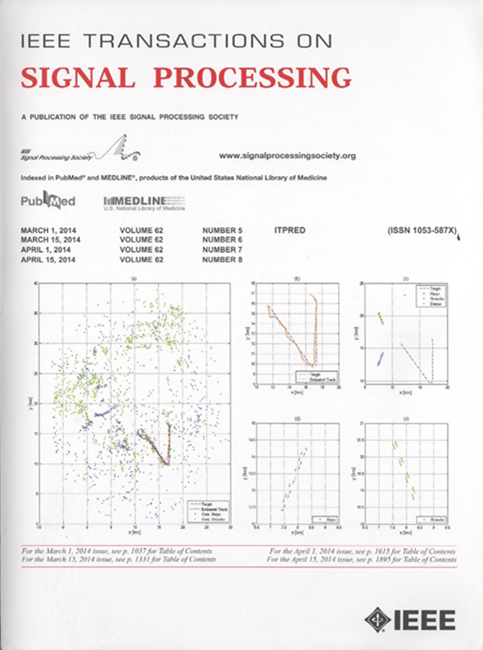Performance Analysis and Power Allocation for Massive MIMO ISAC Systems
IF 4.6
2区 工程技术
Q1 ENGINEERING, ELECTRICAL & ELECTRONIC
引用次数: 0
Abstract
Integrated sensing and communications (ISAC) is envisioned as a key feature in future wireless communications networks. Its integration with massive multiple-input-multiple-output (MIMO) techniques promises to leverage substantial spatial beamforming gains for both functionalities. In this work, we consider a massive MIMO-ISAC system employing a uniform planar array with zero-forcing and maximum-ratio downlink transmission schemes combined with monostatic radar-type sensing. Our focus lies on deriving closed form expressions for the achievable communications rate and the Cramér–Rao lower bound (CRLB), which serve as performance metrics for communications and sensing operations, respectively. The expressions enable us to investigate important operational characteristics of massive MIMO-ISAC, including the mutual effects of communications and sensing as well as the advantages stemming from using a very large antenna array for each functionality. Furthermore, we devise a power allocation strategy based on successive convex approximation to maximize the communications rate while guaranteeing the CRLB constraints and transmit power budget. Extensive numerical results are presented to validate our theoretical analyses and demonstrate the efficiency of the proposed power allocation approach.大规模MIMO ISAC系统的性能分析与功率分配
集成传感和通信(ISAC)被设想为未来无线通信网络的一个关键特征。它与大规模多输入多输出(MIMO)技术的集成有望为这两种功能提供可观的空间波束形成增益。在这项工作中,我们考虑了一个大型MIMO-ISAC系统,该系统采用具有零强迫和最大比下行传输方案的均匀平面阵列,并结合单站雷达型传感。我们的重点在于推导可实现的通信速率和cram - rao下限(CRLB)的封闭形式表达式,它们分别作为通信和传感操作的性能指标。这些表达式使我们能够研究大规模MIMO-ISAC的重要操作特性,包括通信和传感的相互影响,以及为每种功能使用非常大的天线阵列所带来的优势。此外,我们设计了一种基于连续凸逼近的功率分配策略,以在保证CRLB约束和发射功率预算的情况下最大化通信速率。大量的数值结果验证了我们的理论分析,并证明了所提出的功率分配方法的有效性。
本文章由计算机程序翻译,如有差异,请以英文原文为准。
求助全文
约1分钟内获得全文
求助全文
来源期刊

IEEE Transactions on Signal Processing
工程技术-工程:电子与电气
CiteScore
11.20
自引率
9.30%
发文量
310
审稿时长
3.0 months
期刊介绍:
The IEEE Transactions on Signal Processing covers novel theory, algorithms, performance analyses and applications of techniques for the processing, understanding, learning, retrieval, mining, and extraction of information from signals. The term “signal” includes, among others, audio, video, speech, image, communication, geophysical, sonar, radar, medical and musical signals. Examples of topics of interest include, but are not limited to, information processing and the theory and application of filtering, coding, transmitting, estimating, detecting, analyzing, recognizing, synthesizing, recording, and reproducing signals.
 求助内容:
求助内容: 应助结果提醒方式:
应助结果提醒方式:


